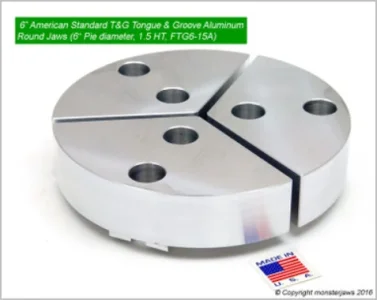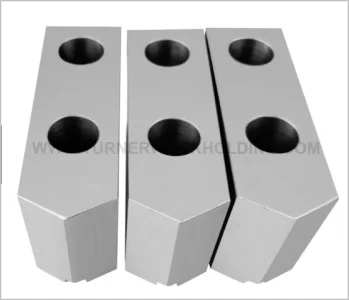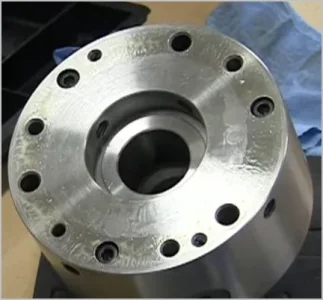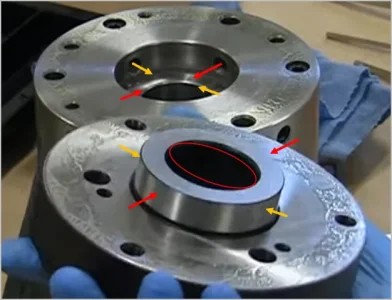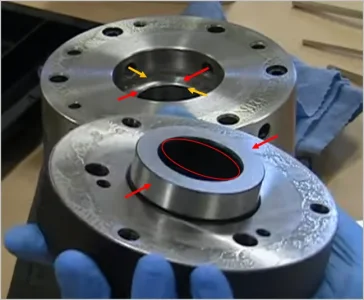Not at you , or about you, as much as about the subject matter of the OP, and the expectations, apparently, that there was NOT going to have to be any adjustment from part to part. On something with a wide open set of tolerances, it may well be, that the adjustment of a Set-true type of 3 jaw, will still get you there, but it becomes much like the problem of the Precision Bench level, and attempting to rely on it for setting up a machine in an environment patently unsuited for it's use (ie: most Home Shops!), that the difference between what you expect, and what you get, is not on the equipment, so much as on the expectations (usually wrong) of the user.
As for Pro, not really. I did it for a living for a while, and I taught the basics to a bunch of folks over the years. Been metalworking one way or other starting in grade school. Honestly, misplaced expectations are the hardest thing to get folks past, once you convince them that no matter how many drawers they may look in, we were not actually hiding away any tooling that would make them not have to practice!
I live on a farm, but won't call myself Farmer, as I don't have to make a living at it! Thankfully!
As for Pro, not really. I did it for a living for a while, and I taught the basics to a bunch of folks over the years. Been metalworking one way or other starting in grade school. Honestly, misplaced expectations are the hardest thing to get folks past, once you convince them that no matter how many drawers they may look in, we were not actually hiding away any tooling that would make them not have to practice!
I live on a farm, but won't call myself Farmer, as I don't have to make a living at it! Thankfully!

